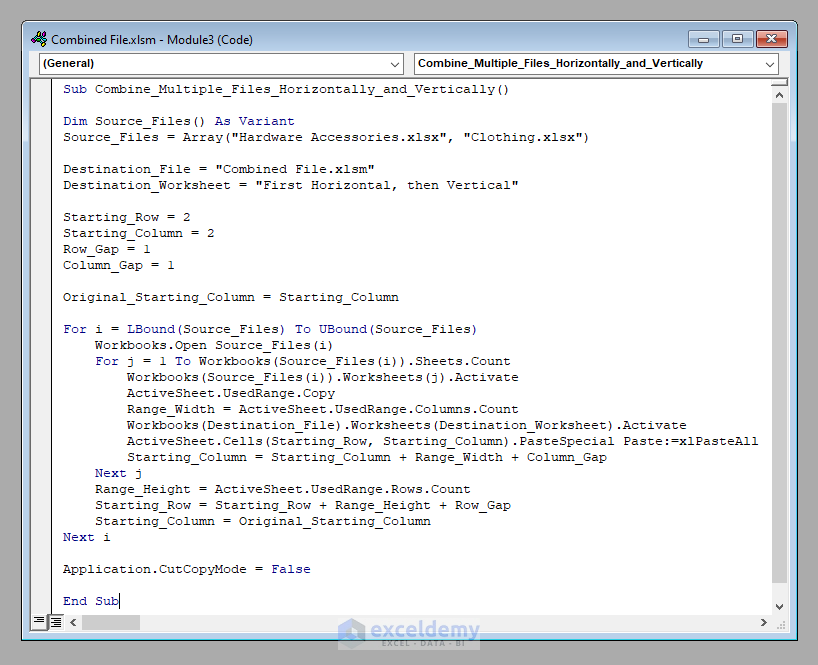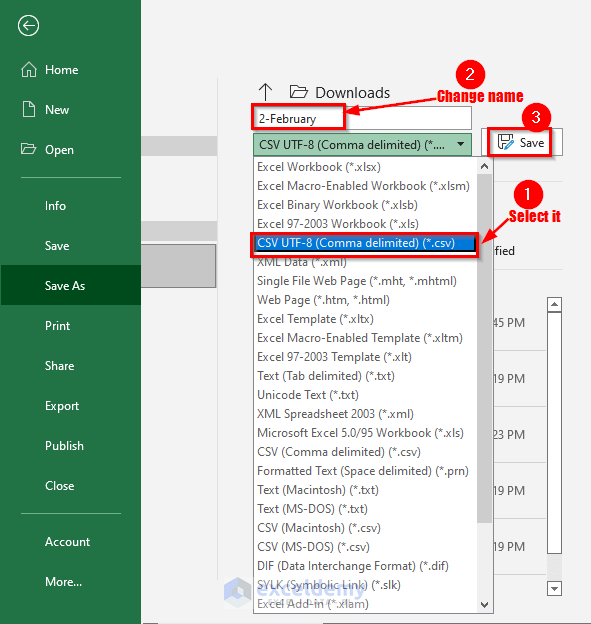Merge Excel Files into One Sheet Easily

Why You Need to Merge Excel Files

Today, data management plays a pivotal role in business, research, and everyday organizational tasks. Excel, being one of the most widely used tools for data analysis, often leaves users with the challenge of dealing with multiple files. Imagine having numerous Excel files, each representing different datasets or reporting periods, and you need to combine these into a single, coherent, and analyzable dataset. Here, merging Excel files becomes essential, not only for streamlining data analysis but also for:
- Reducing redundancy by consolidating data into a single sheet.
- Enhancing data analysis with a comprehensive view of the information.
- Improving workflow efficiency by minimizing the need to switch between files.
- Ensuring data integrity and consistency across different datasets.
💡 Note: Before merging, it's crucial to check for data consistency and format alignment to avoid errors in the combined dataset.
Steps to Merge Excel Files into One Sheet

Merging Excel files into one sheet can be done through various methods, but we’ll explore a straightforward approach using VBA (Visual Basic for Applications), which is natively supported by Excel:
1. Open Excel and Access the VBA Editor

Start by opening your Excel workbook. To access the VBA editor:
- Press
Alt + F11or - Navigate to
Developertab >Visual Basic(If the Developer tab isn’t visible, go toFile>Options>Customize Ribbon, and checkDeveloperunder Main Tabs).
2. Create a New VBA Module

Once in the VBA editor:
- Right-click on any of the objects in the Project Explorer (Press
Ctrl + Rif not visible). - Select
Insert>Moduleto create a new module where you’ll add your VBA code.
3. Add VBA Code to Merge Files

Now, copy and paste the following VBA code into your newly created module:
Sub MergeExcelFiles()
Dim FilePath As String
Dim SourceWb As Workbook
Dim DestWb As Workbook
Dim SourceSh As Worksheet
Dim DestSh As Worksheet
Dim NextRow As Long
' This is the path to the folder containing your files to be merged
FilePath = "C:\Your\Path\Here\"
' Open the destination workbook (the one where all data will be merged into)
Set DestWb = Application.Workbooks.Open(FilePath & "DestinationWorkbook.xlsx")
Set DestSh = DestWb.Sheets("Sheet1")
' Loop through all files in the folder
SourceWb = Dir(FilePath & "*.xls*")
Do While SourceWb <> ""
If SourceWb <> "DestinationWorkbook.xlsx" Then
Set SourceWb = Application.Workbooks.Open(FilePath & SourceWb)
' Find the last used row in the destination sheet
NextRow = DestSh.Cells(DestSh.Rows.Count, 1).End(xlUp).Row + 1
' Copy data from source to destination
For Each SourceSh In SourceWb.Worksheets
With SourceSh
.UsedRange.Copy
End With
DestSh.Cells(NextRow, 1).PasteSpecial xlPasteValuesAndNumberFormats
NextRow = DestSh.Cells(DestSh.Rows.Count, 1).End(xlUp).Row + 1
Next SourceSh
SourceWb.Close False
End If
SourceWb = Dir()
Loop
' Clean up
DestWb.Save
MsgBox "Merge completed!"
End Sub
4. Adjust the Path and Run the Macro

Make sure to:
- Update the
FilePathin the code to match the directory containing your Excel files. - Change
DestinationWorkbook.xlsxto the name of your destination workbook. - Run the macro by pressing
F5or selectingRunfrom theRunmenu.
🛑 Note: Ensure all Excel files in the specified directory follow a similar format to avoid data misalignment.
What to Do After Merging Excel Files?

After successfully merging your Excel files, here are some additional steps you might want to take:
- Clean Up Data: Look for and remove any duplicate entries.
- Sort and Filter: Organize your data for better analysis.
- Data Validation: Ensure the merged data maintains its integrity by reviewing formats, formulas, and data types.
- Data Analysis: Start performing your analysis with tools like PivotTables, charts, or advanced analytics.
The end goal of merging files is to streamline your data management process. By having all your relevant data in one place, you not only reduce the complexity of handling multiple files but also enhance the accuracy and efficiency of your data analysis.
Can I merge Excel files with different formats?

+
Yes, you can merge Excel files with different formats, but it’s important to align the data structure before merging to ensure the integrity of your dataset. Consider:
- Consistent column headers.
- Standardizing data types where possible.
- Handling any unique formatting or data issues that could cause misalignment.
How do I handle duplicate entries after merging?

+
To handle duplicates, you can:
- Use Excel’s Data > Remove Duplicates tool.
- Create a formula or use conditional formatting to highlight duplicates.
- Merge duplicates manually if you need to keep additional information from conflicting entries.
What if my Excel files are from different sources?

+
If your files come from different sources:
- Ensure uniformity in how data is represented.
- Look for inconsistencies in data entry or naming conventions.
- Adjust or normalize the data before or during the merge process.



